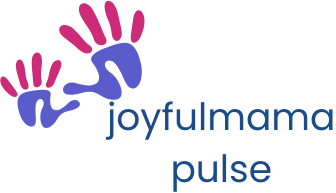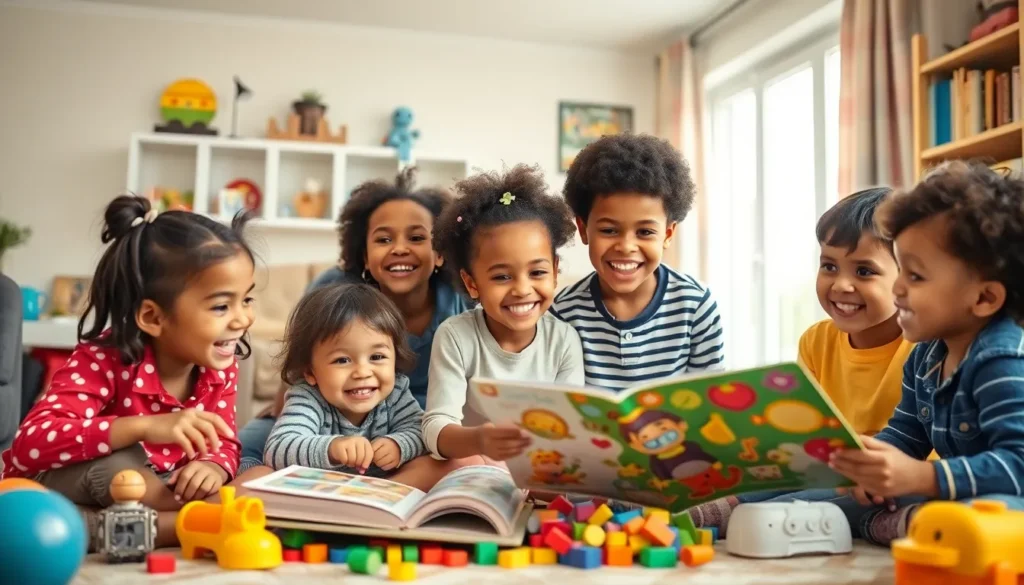Table of Contents
ToggleFostering and adoption aren’t just about giving a child a home; they’re about opening a world of possibilities for both the child and the caregiver. Imagine transforming a little one’s life while also discovering the joys of snack time debates and spontaneous dance parties in the living room. It’s not just a noble act; it’s an adventure filled with laughter, love, and maybe a few unexpected surprises—like finding out just how much glitter can be removed from a carpet.
In a world where every child deserves a chance, fostering and adoption stand as beacons of hope. They offer unique opportunities to create lasting bonds and make a real difference. So, if you’ve ever thought about expanding your family in a way that’s both rewarding and a little chaotic, buckle up! This journey might just lead to the most fulfilling chapter of your life.
Understanding Fostering and Adoption
Fostering and adoption offer vital pathways for children to find loving homes. These processes support children’s stability and emotional growth.
Definition of Fostering
Fostering provides temporary care for children unable to live with their birth families. This arrangement helps children experience a safe and nurturing environment. Foster parents contribute to a child’s well-being, engaging in their daily activities and supporting their needs. Additionally, fostering allows children to maintain connections with their birth families whenever possible, ensuring continuity during transitions. Many states require foster parents to complete training and become licensed prior to accepting children into their homes.
Definition of Adoption
Adoption represents a legal process that establishes a permanent family relationship between a child and adoptive parents. This arrangement gives children a stable and loving home for life. Adoptive parents take on all legal responsibilities for the child, providing care and support as their own. Various types of adoption exist, including domestic, international, and kinship adoption. Each type varies in process and requirements, but all aim to offer children the chance for a brighter future. Adoption ensures children become integral members of their new families, fostering lifelong bonds filled with love.
The Importance of Fostering and Adoption

Fostering and adoption play a crucial role in nurturing children and providing them with loving environments. These processes not only transform lives but also build lasting families.
Providing Stability and Support
Stability provides a foundation for children facing uncertainty. Foster care allows kids to live in safe settings while transitioning from difficult situations. These placements give children the chance to experience consistency. Support from foster families helps children cope with trauma and adjust positively. Adoptive homes offer permanent stability, fostering emotional security. Both types of care contribute to healthy development, promoting resilience and well-being.
Meeting the Needs of Vulnerable Children
Meeting the needs of vulnerable children is essential for their future. Many children enter foster care due to neglect or abuse, requiring immediate attention. Foster families fulfill these needs by offering warmth and guidance. Adoption ensures long-term care, providing children a permanent home where they belong. Various programs exist to assist families in understanding these children’s unique requirements. Each type of care addresses specific situations, enhancing support systems and facilitating successful development.
The Process of Fostering and Adoption
Fostering and adoption involve specific steps and requirements that ensure children receive safe and loving homes. Understanding these processes helps potential foster and adoptive parents prepare effectively.
Steps to Become a Foster Parent
Becoming a foster parent involves several critical steps. First, interested individuals or couples often attend an informational session to learn about the fostering process. Next, they submit an application, which includes background checks and home safety evaluations. Training is mandatory in many states, covering topics such as child development and trauma impact. After completing the training, prospective foster parents receive licensing that enables them to care for children. Finally, collaboration with local child welfare agencies begins, allowing foster parents to support children in need directly.
Steps to Adopt a Child
Adopting a child requires a well-defined process. Individuals or couples typically start by researching adoption types, such as domestic or international. Thence, they complete a home study, which assesses their readiness to adopt and evaluates their living environment. Prospective adoptive parents often attend training sessions aimed at preparing them for the unique challenges of adoption. Once approved, they enter a matching process, where agencies find suitable children based on family dynamics and preferences. Finally, legal proceedings finalize the adoption, establishing a permanent family bond.
Challenges in Fostering and Adoption
Fostering and adoption present unique challenges that require careful consideration.
Emotional and Psychological Challenges
Emotional and psychological obstacles pose significant difficulties for families. Many children arrive in foster or adoptive homes carrying trauma from previous experiences. Issues such as attachment disorders, anxiety, and behavioral problems can arise. Understanding these challenges often requires specialized training for parents. Some families may struggle to bond with a child who has experienced neglect or abuse. Support networks play a crucial role in helping families navigate these emotional hurdles. Consulting mental health professionals can provide necessary guidance to foster and adoptive parents. Open communication and patience foster healthy relationships and resilience.
Navigating Legal and Bureaucratic Obstacles
Legal and bureaucratic hurdles frequently complicate the fostering and adoption processes. Individuals must complete various forms, background checks, and home evaluations. Many states enforce specific requirements, which can delay the start of fostering or adoption. Complying with these protocols presents challenges for prospective parents eager to provide care. Coordination with child welfare agencies is often necessary for updates and clarifications. Families may also face lengthy wait times during the matching process. Seeking assistance from adoption agencies or legal experts can streamline these procedures. Understanding the complexities of the system helps families prepare for the journey ahead.
Fostering and adoption offer unique opportunities to create lasting bonds and provide children with the love and stability they need. These journeys, while filled with challenges, lead to profound rewards that enrich both the child’s and the family’s lives. Embracing the role of a foster or adoptive parent means stepping into a world of growth, resilience, and unconditional love.
Those considering this path should remember that every step taken is a step toward making a significant difference in a child’s future. With the right support and preparation, fostering and adoption can transform lives and create a family filled with hope and joy.





